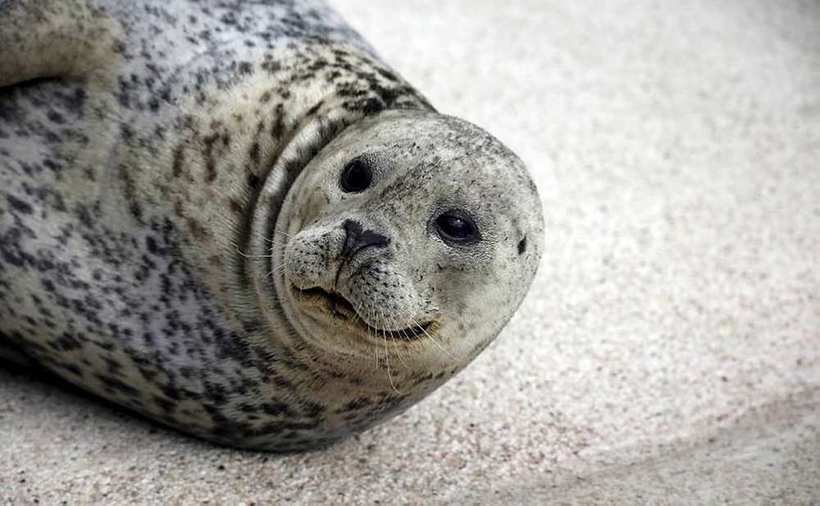Seal killing at Reykjavik Zoo condemned by Irish seal specialist
The seal pond at the Reykjavik Zoo and Family Park from which the seal cub escaped last weekend. Photo: Mbl.is
Irish seal specialist, Dr.Susan C.Wilson has said to mbl.is that the practice of killing a captive seal pup for fodder is totally unheard of and that it would have cost virtually nothing to release the pup back into the wild. She says that the Reykjavik Zoo and Family Park showed complete disrespect for an animal kept in captivity.
A little seal cub who made a daring escape from the zoo and was captured in the nearby camping site, was killed two days later at the zoo and used as fox feed. According to the zoo director, this practice is normal at the zoo as it's too small to house many seal pups and that they would die if released back into the wild.
Costs almost nothing to release a seal back into the wild
"I have never heard of such a practice anywhere until this news from Reykjavik," says Susan C. Wilson BSc, MSC, PhD, LLM, director of Tara Seal Research and chairperson of the Seal Conservation Society. "It costs virtually nothing to release a captive pup into the wild except for the petrol for the boat to reach the seal colony and for a net or container to carry the seal pup to the water's edge. If you want to track the pups to see where they go and how well they survive, then you would have to add the cost of a small satellite tag, but this is not neccessary."
She adds that a release should preferably be done with a seal biologist who would advise on the best seal colony, with other pups present, for release and timing of release. "If there is more than one captive born pup it would be preferable to release them together into the colony. This should ideally be done as close as possible to the natural time of weaning in the wild, which is early to mid-August in the UK, though any time while other seals in the colony are onshore moulting, which is in mid-September in the UK. It should be done carefully, in such a way as not to disturb the rest of the colony."
Sends a bad message to the public
Wilson believes that killing a captive-born seal cub and feeding the carcass to an Arctic fox in the zoo shows complete lack of respect for the animals in the care of the zoo. "These are not domestic animals being bred for human food. They are wild animals kept in captivity in order to inform and educate the public on their life history and behaviour. To kill weaned harbour seal pups and feed them to captive Arctic foxes has no place in the care of these animals or in public awareness and education, since it bears no relation to the natural condition of the harbour seal or arctic foxes. It also shows a complete lack of care or feeling for lives of these animals for which they have assumed responsability and it sends a very bad message to the public. "
The attitudes of the zoo need to be brought into the 21st century
She says that explaining to the public about the lives of seal cubs after weaning and explaining to children that they will be released to live natural lives would however have been wonderful. "If the zoo chose to to satellite track such pups, that could be very interesting to school children and really lead them into the world of these animals and might help to bring the attitudes of the Reykjavik Zoo into 21st century. "
In contrast to the Reykjavik Zoo and Family Park's recent actions, a baby seal cub was fostered this spring at the Slakki petting zoo in south Iceland. The zoo staff are planning to release it back into the wild this autumn.
Related stories:






/frimg/1/58/37/1583777.jpg)





